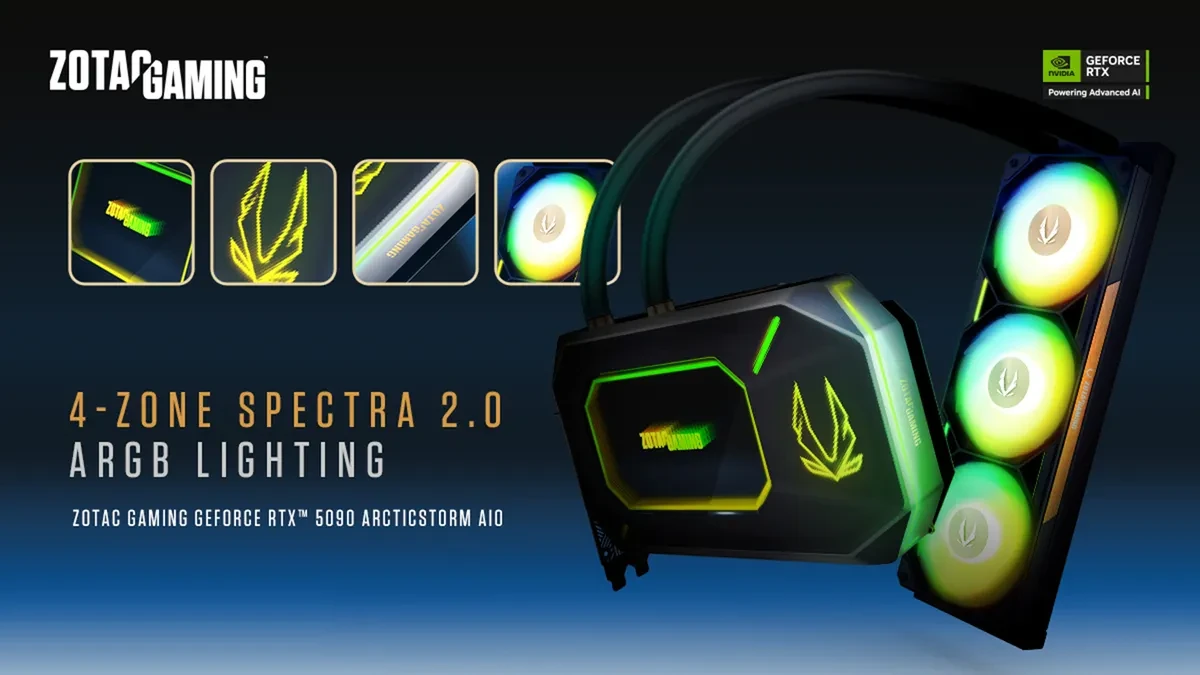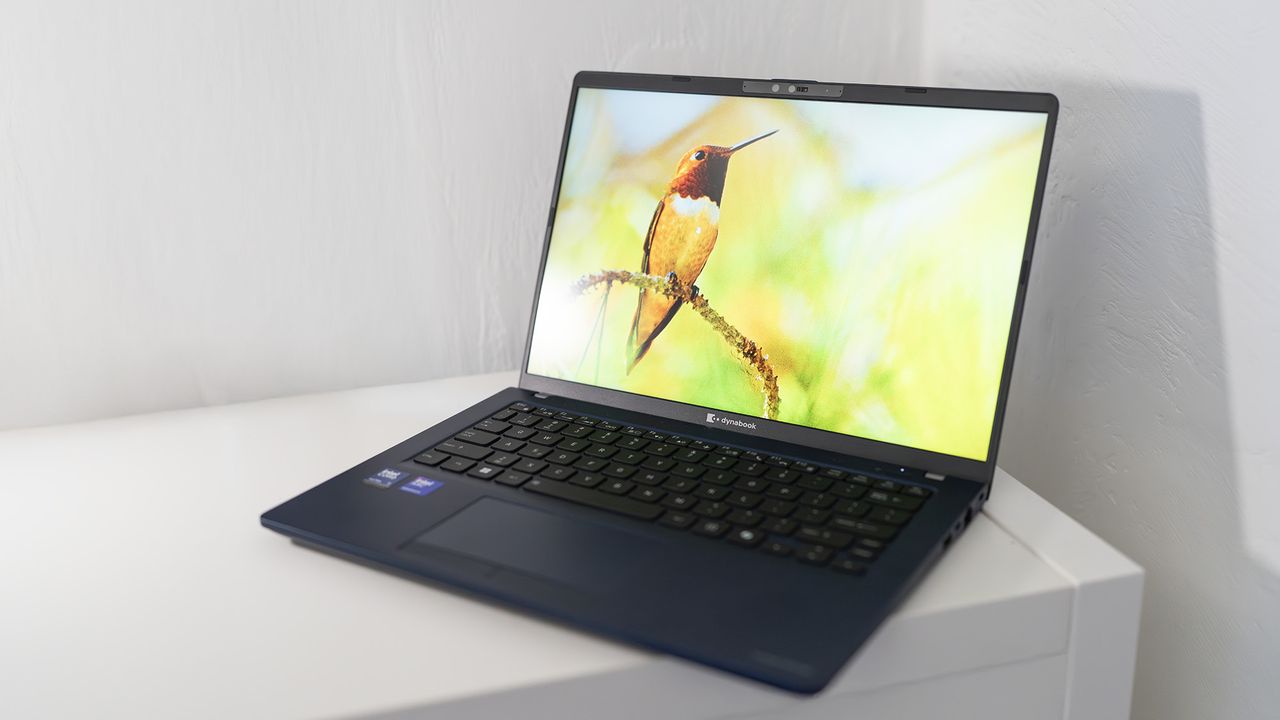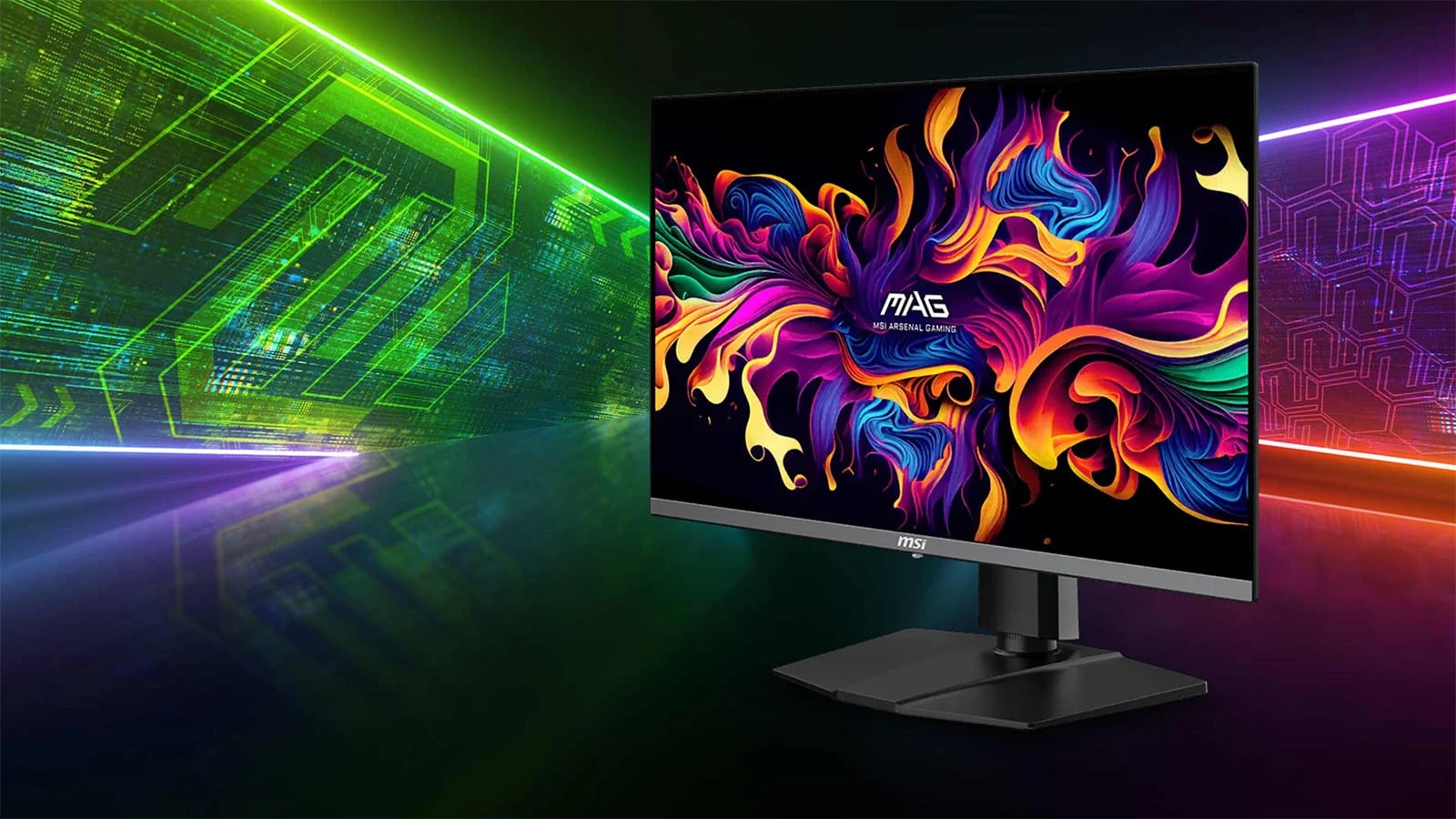Pixar has unveiled RenderMan 27 at SIGGRAPH. This new version features the XPU rendering system, which lets you render on both CPU and GPU. It’s reportedly ready for production use now. Sounds good, I guess. Not sure how much excitement there is about it, but there you have it. Just another update in the world of rendering.
#RenderMan27
#Pixar
#XPU
#SIGGRAPH
#3DRendering
#RenderMan27
#Pixar
#XPU
#SIGGRAPH
#3DRendering
Pixar has unveiled RenderMan 27 at SIGGRAPH. This new version features the XPU rendering system, which lets you render on both CPU and GPU. It’s reportedly ready for production use now. Sounds good, I guess. Not sure how much excitement there is about it, but there you have it. Just another update in the world of rendering.
#RenderMan27
#Pixar
#XPU
#SIGGRAPH
#3DRendering













